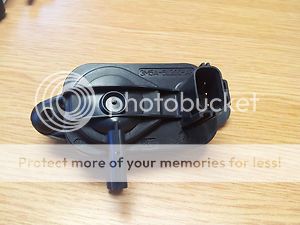Mornin

Yeah a DPF is a different thing to a cat, it doesn't attempt to convert any gases, it simply stores solid particles and provides a surface for them to be combusted when EGTs are purposefully raised.
All uk vehicles manufactured after 1992 are fitted with cats, and did you know that a DPF regeneration using the over-fueling method actually relies on the catalytic converter?
Basically the PCM initiates a regeneration cycle and over fuels, this causes the cat to become extremely hot, temps over 600c are required, and it is this raise in EGT before the DPF that causes the soot to be burnt in the DPF.
So there




